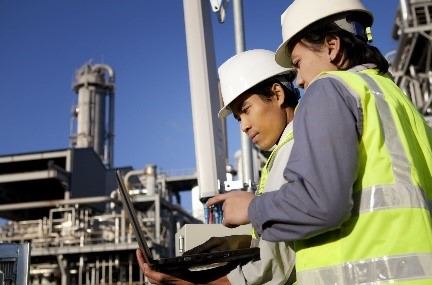Processes are worthless without people in Digital Control of Work
Much research has been carried out into the reasons why accidents happen. One insight is that unsafe behaviour is one of the biggest causes. Examples include taking shortcuts, being overconfident, ignoring procedures, distractions, an untidy workplace, failure to plan, etc. All of these can lead to an accident or an incident.

It cannot be stressed enough how important the overall site culture is in supporting safe Control of Work. Integrating people in digital control of work is necessary to ensure a successful operation. It is the classic weakest link scenario where if one element or role is dysfunctional or poorly performing in any way, the whole system becomes extremely vulnerable. However, if the culture is good, then the capacity to prevent incidents at source is immense.
One of the most effective cultural aspects to develop, is the creation of a collaborative manner of work so all parties associated with the safe control of work can contribute effectively.
Why should you involve people in Digital Control of Work?

If people can see that the recommendations they make for how a process might be improved are adopted, then it gives them a vital attribute – Ownership. If they can further see that they can contribute to the improvement of those systems, then compliance (even in an ever-changing environment) will become routine.
An understanding culture is key. If an organisation takes the time and effort to ensure people have a clear idea of their role (including limitations within it) and understand what outputs they are expected to provide, this goes a long way to establishing correct behaviour.
Professionalism

We from Yokogawa RAP have over 25 years’ experience with control of work. Our RAP System is designed to promote ideal behaviour, by bringing everyone onsite into the process, to enable collaboration between all departments, thereby facilitating a safe culture of work. People are an integral part of our Control of Work.
How do you involve your people in Digital Control of Work?
For more information regarding Digital Control of Work, please visit our Yokogawa RAP website.
Yokogawa tests safety of the biggest electric transport bike ever




